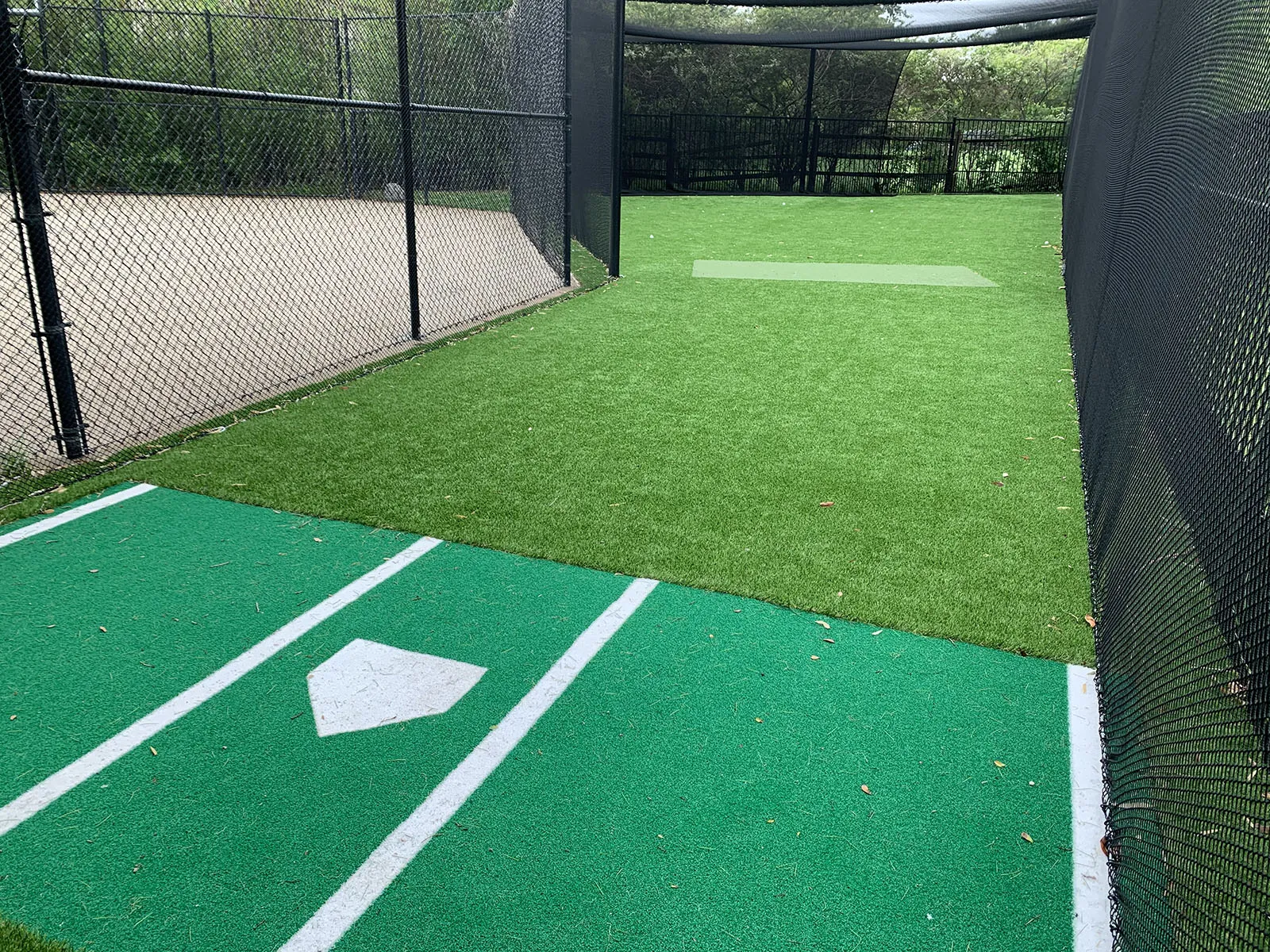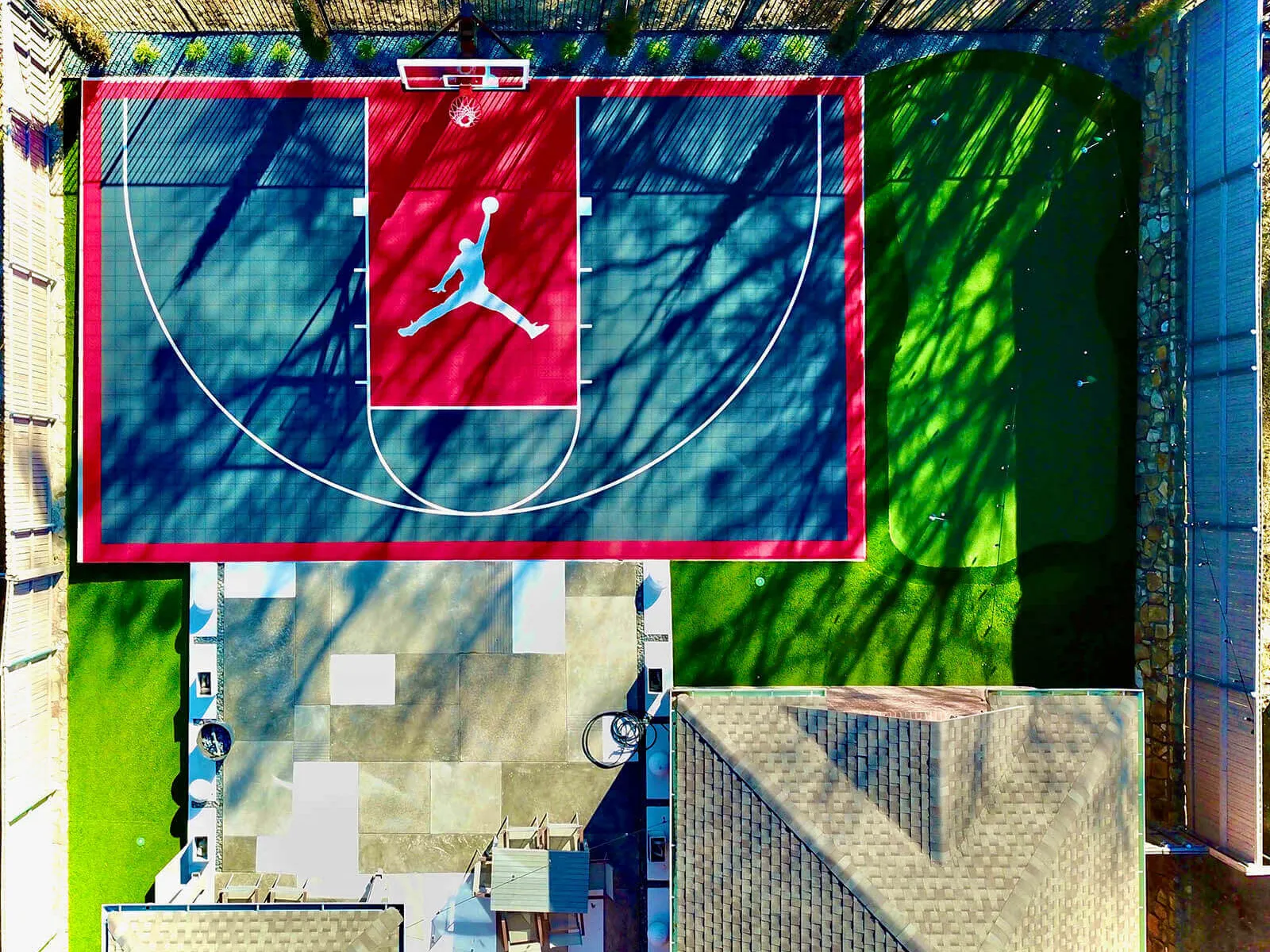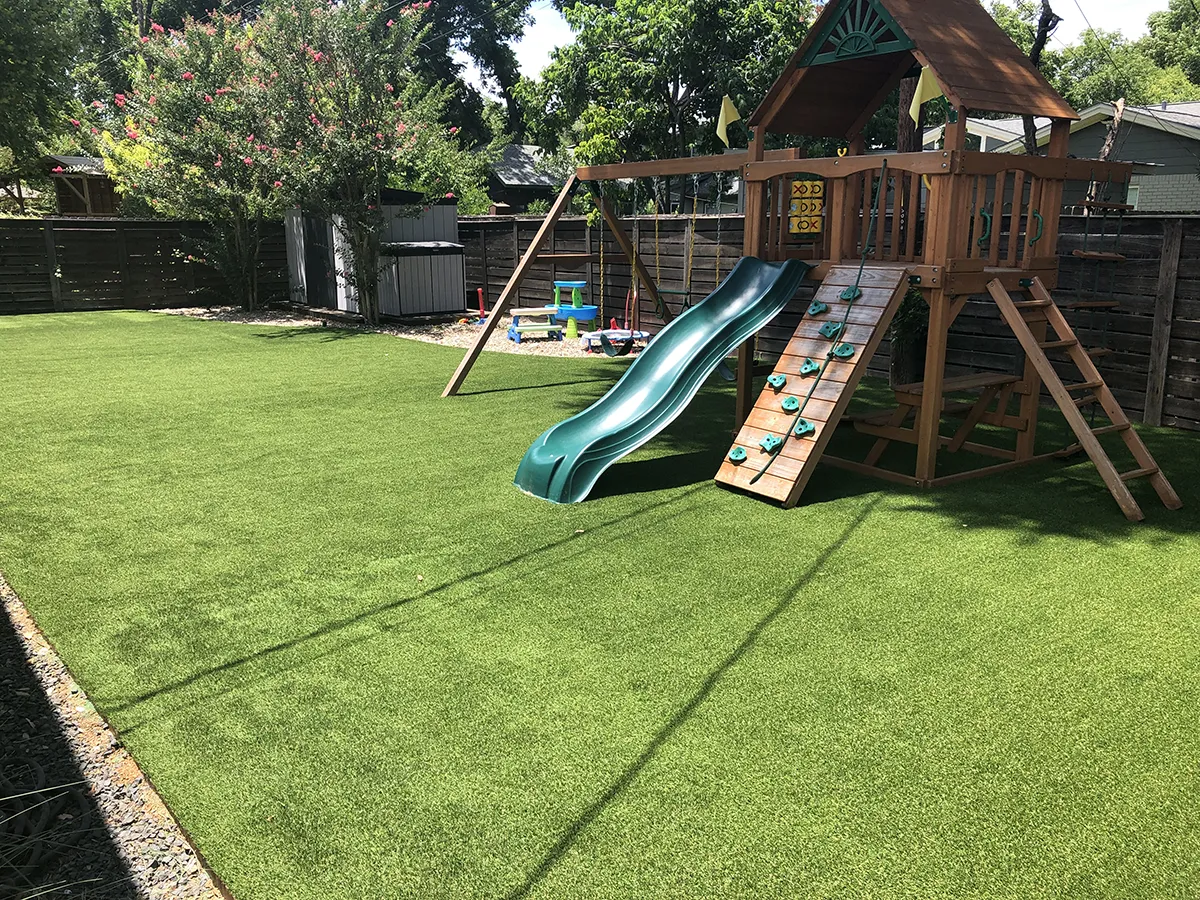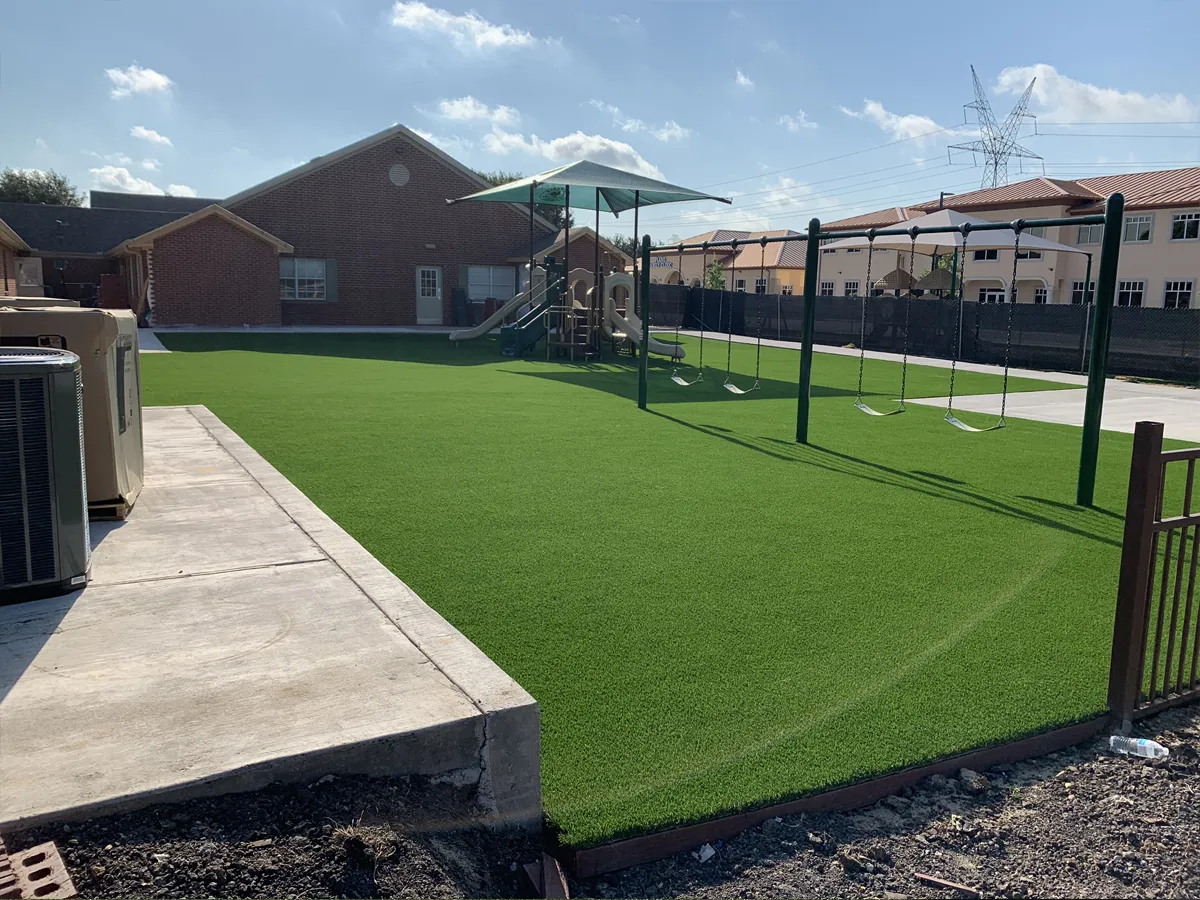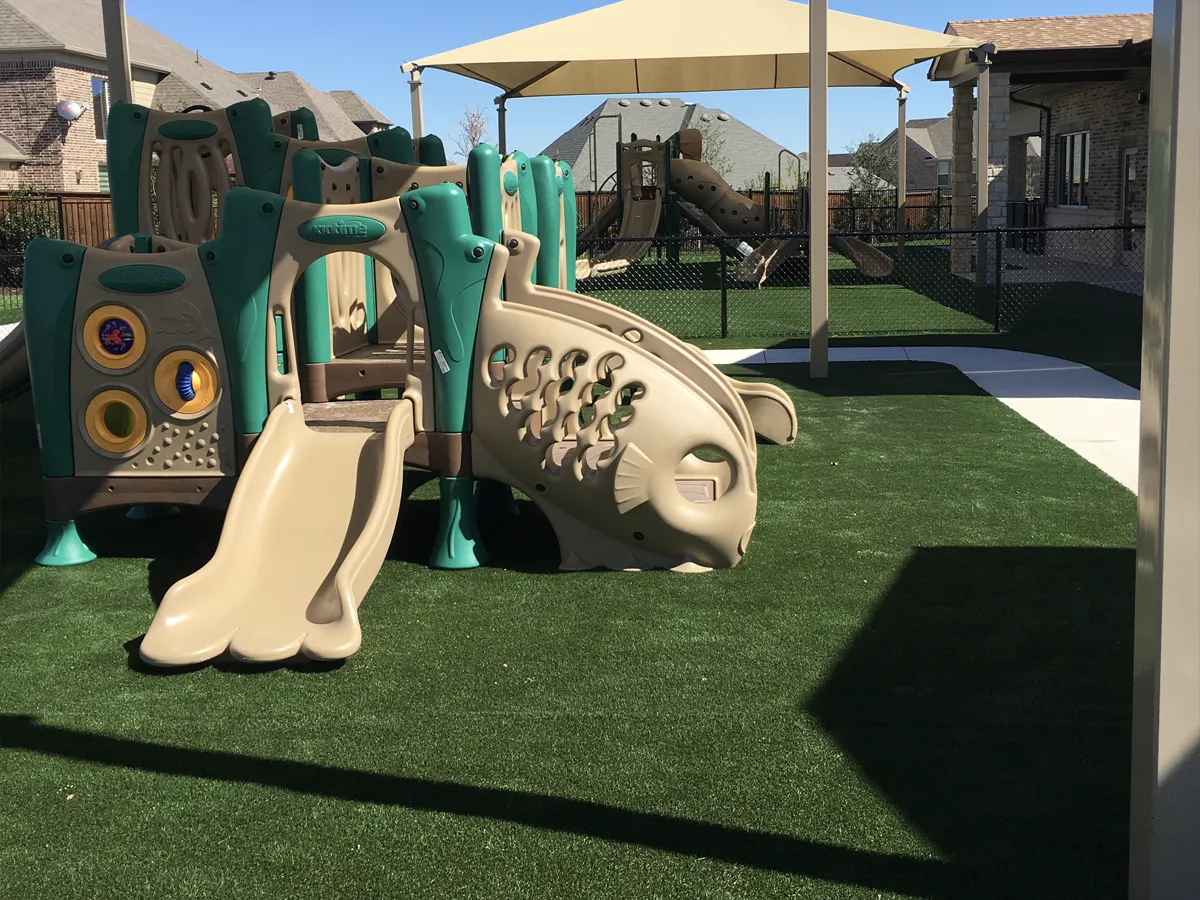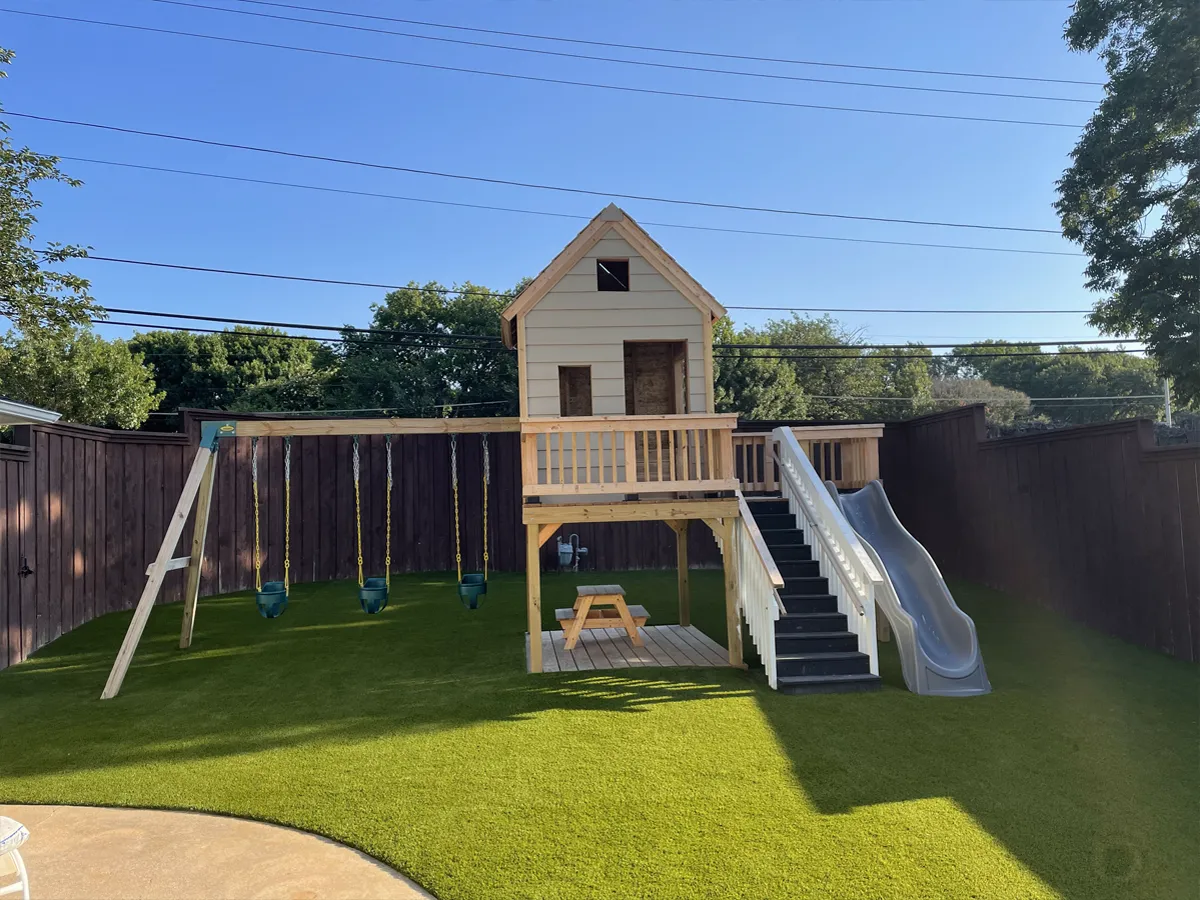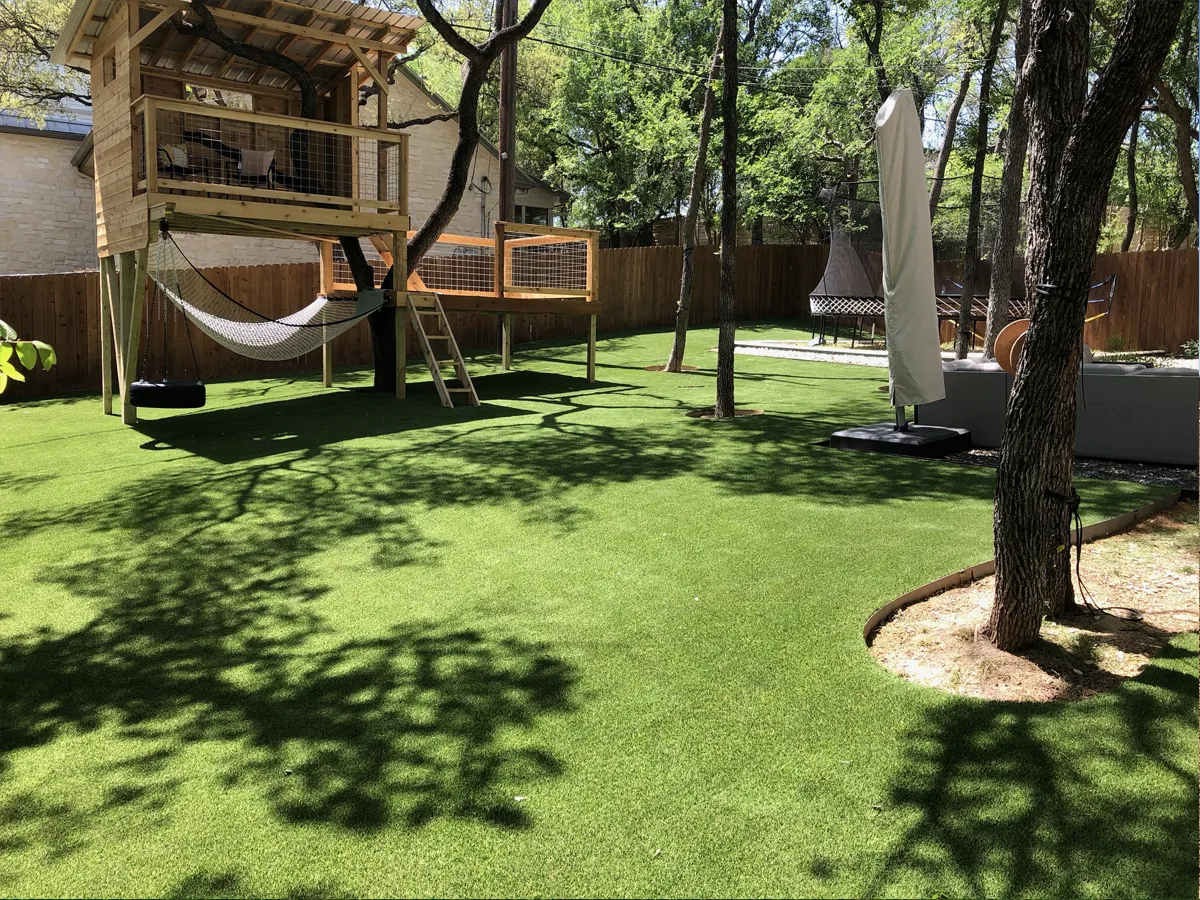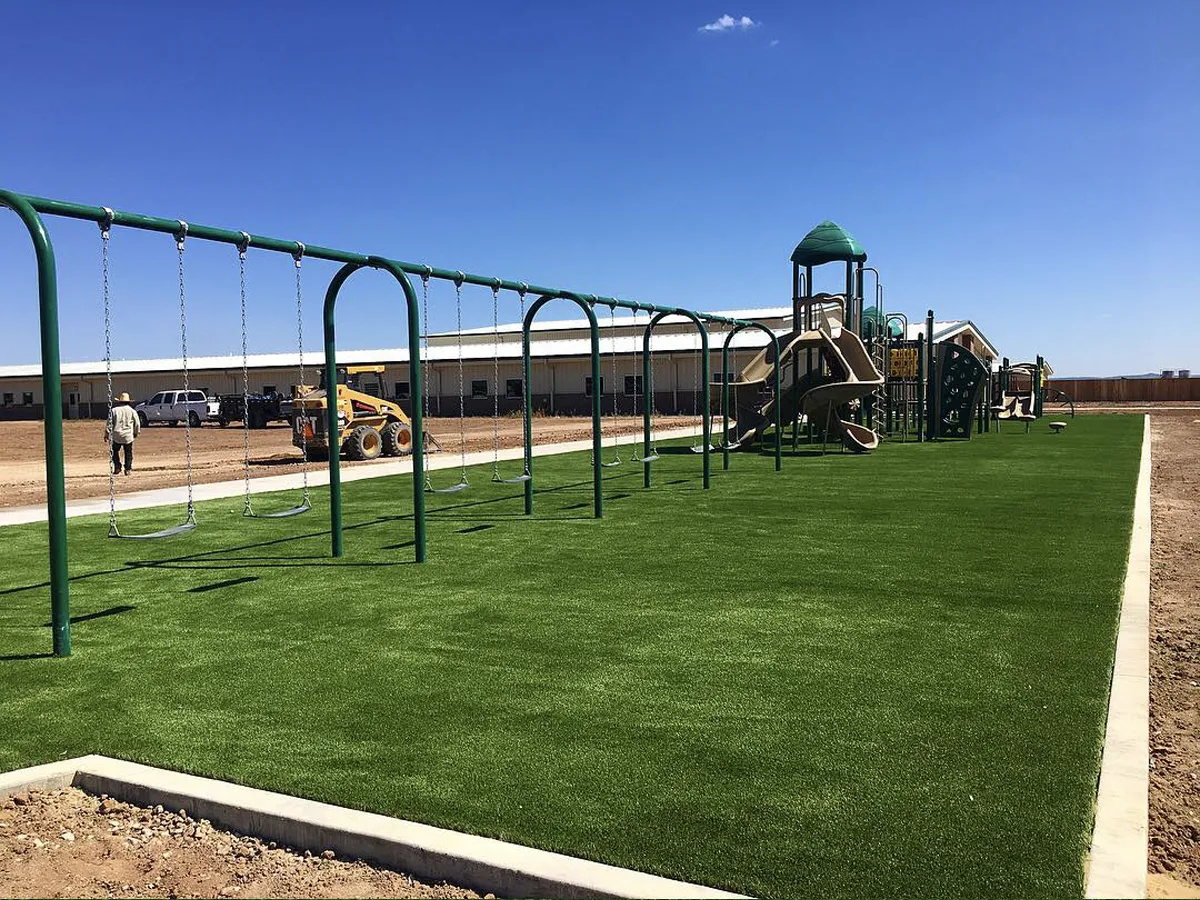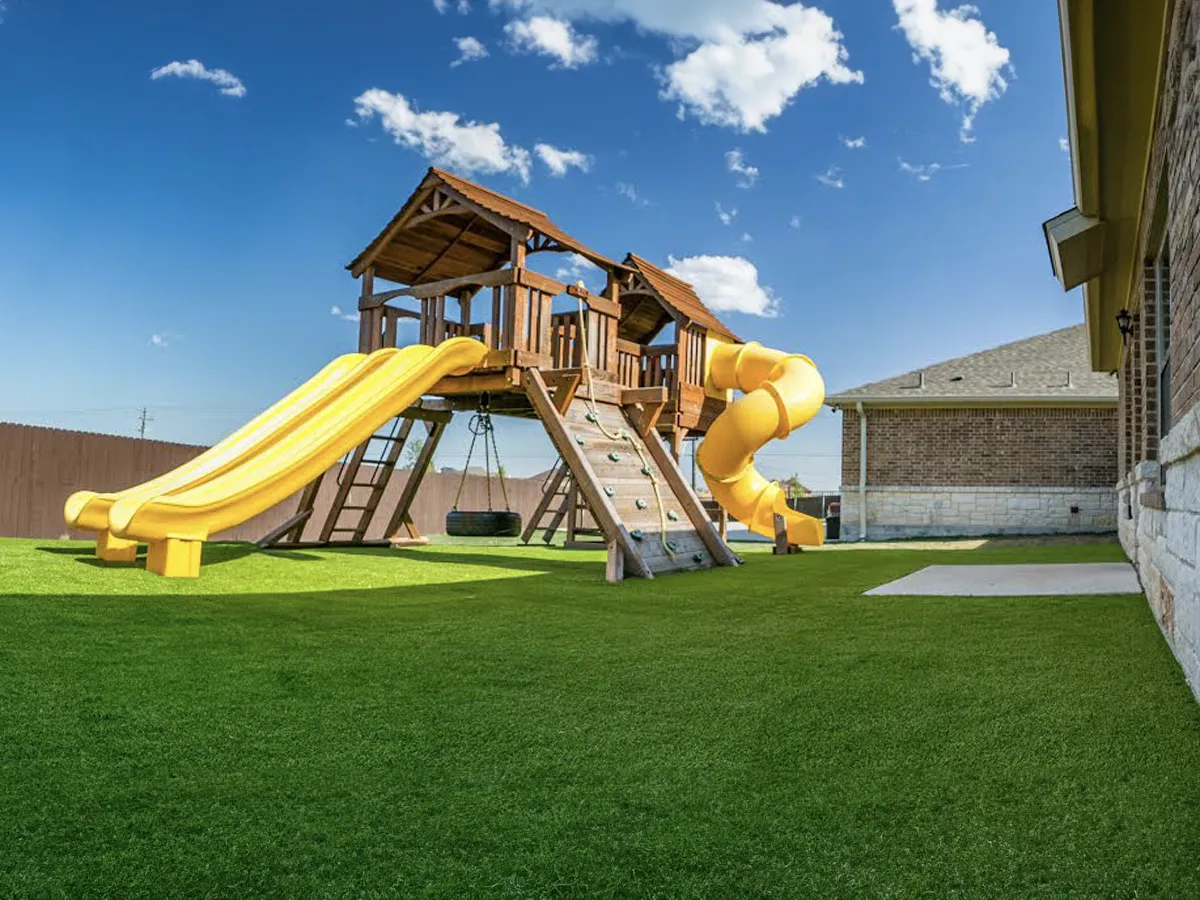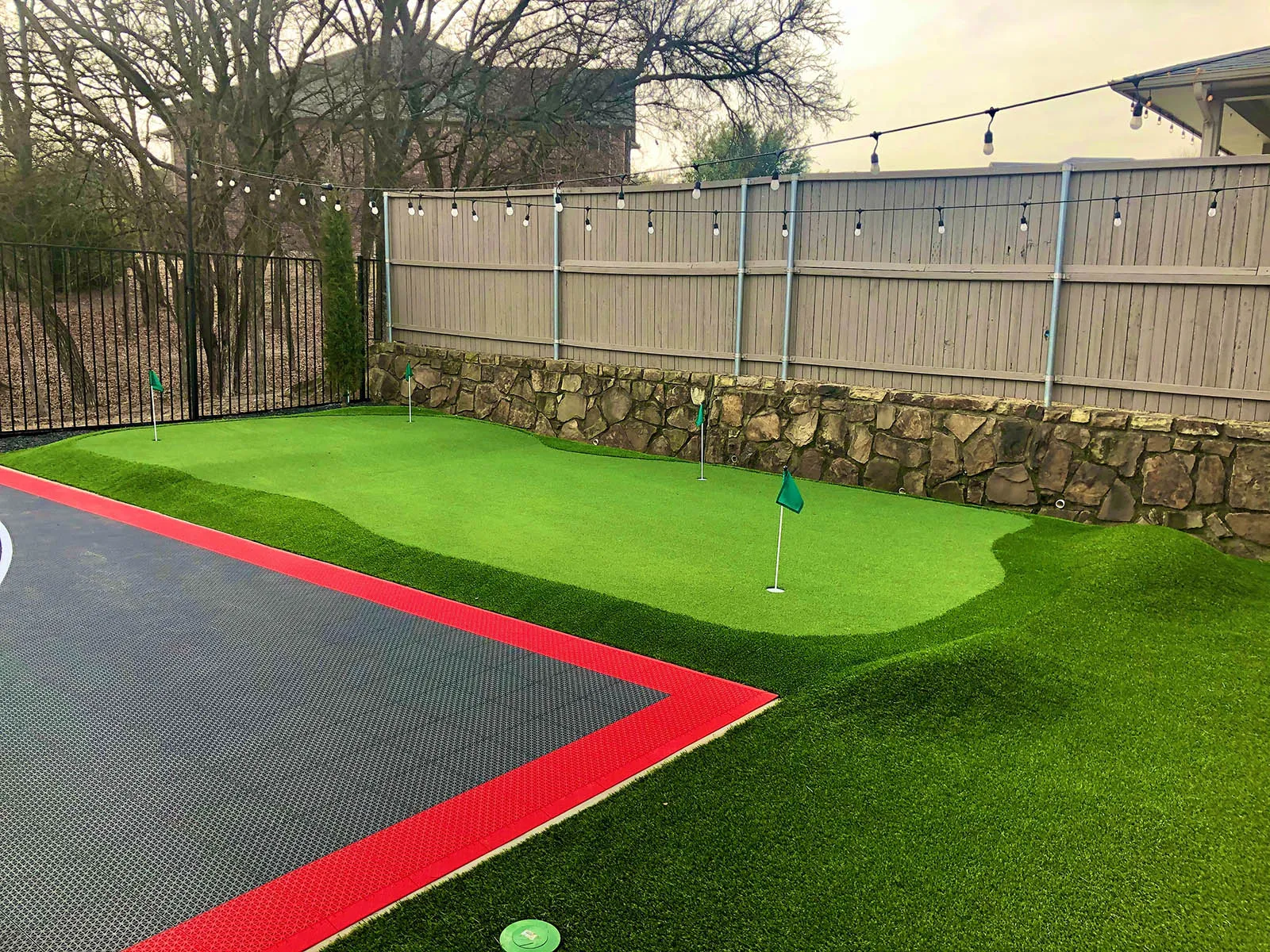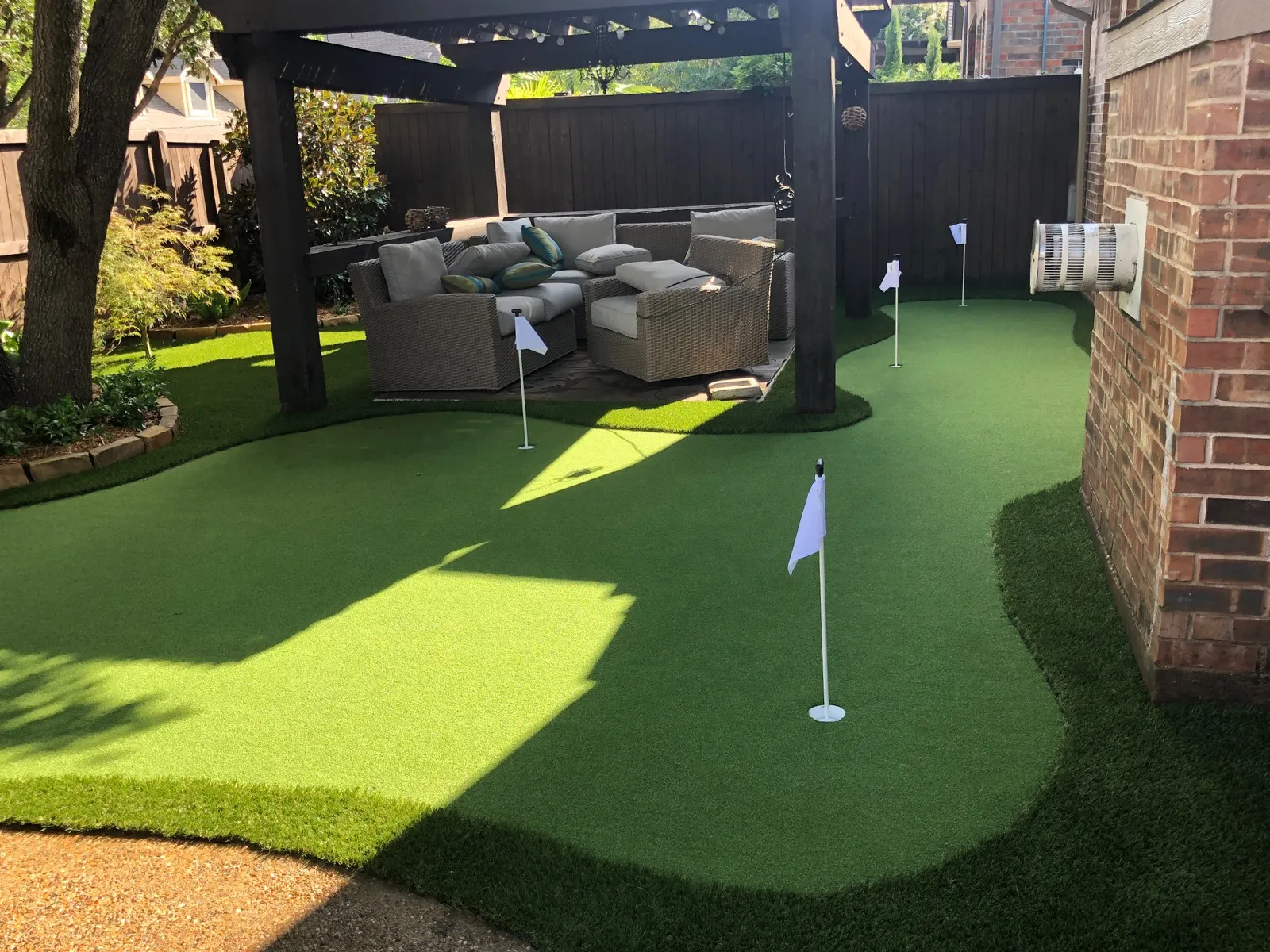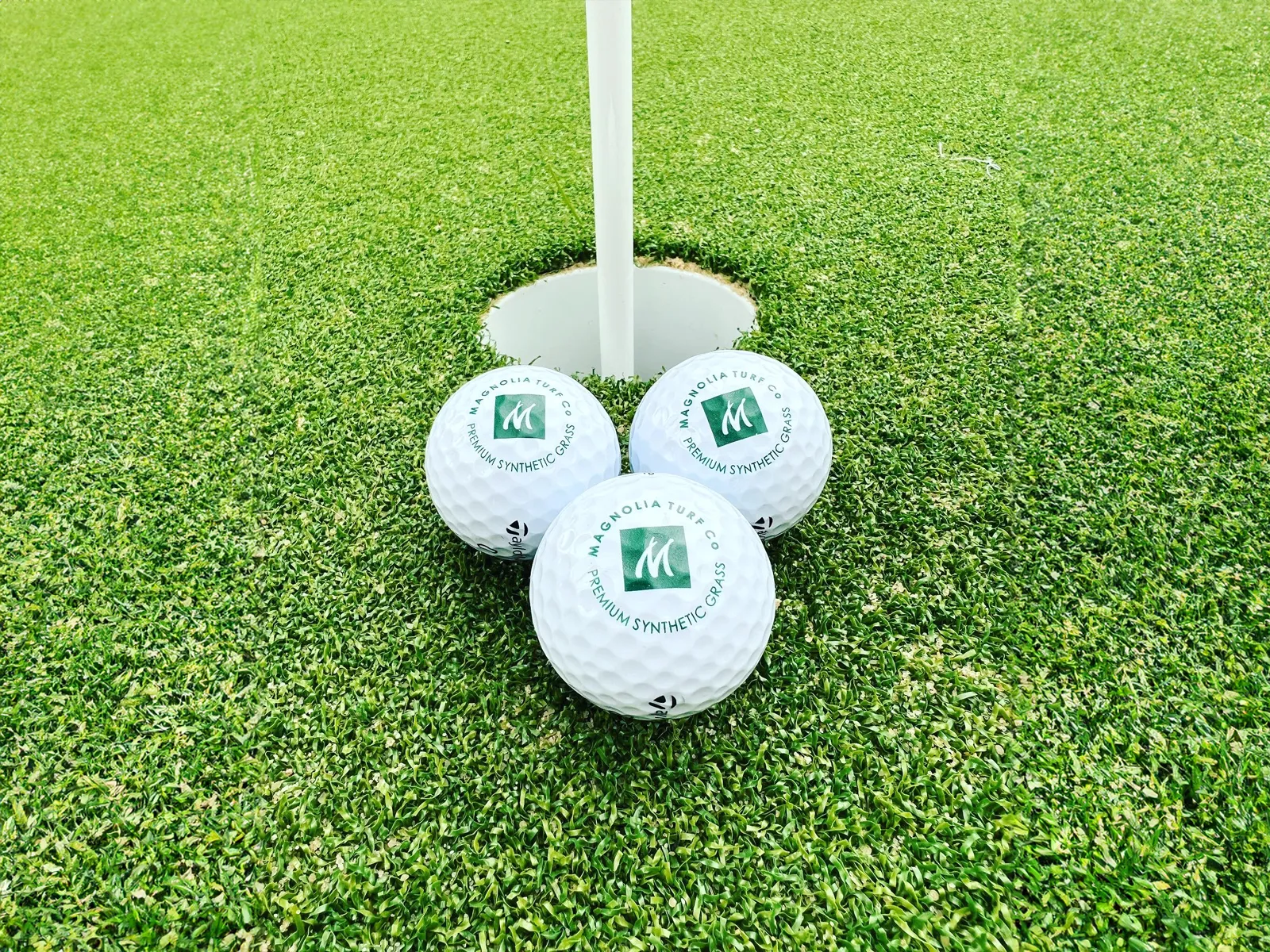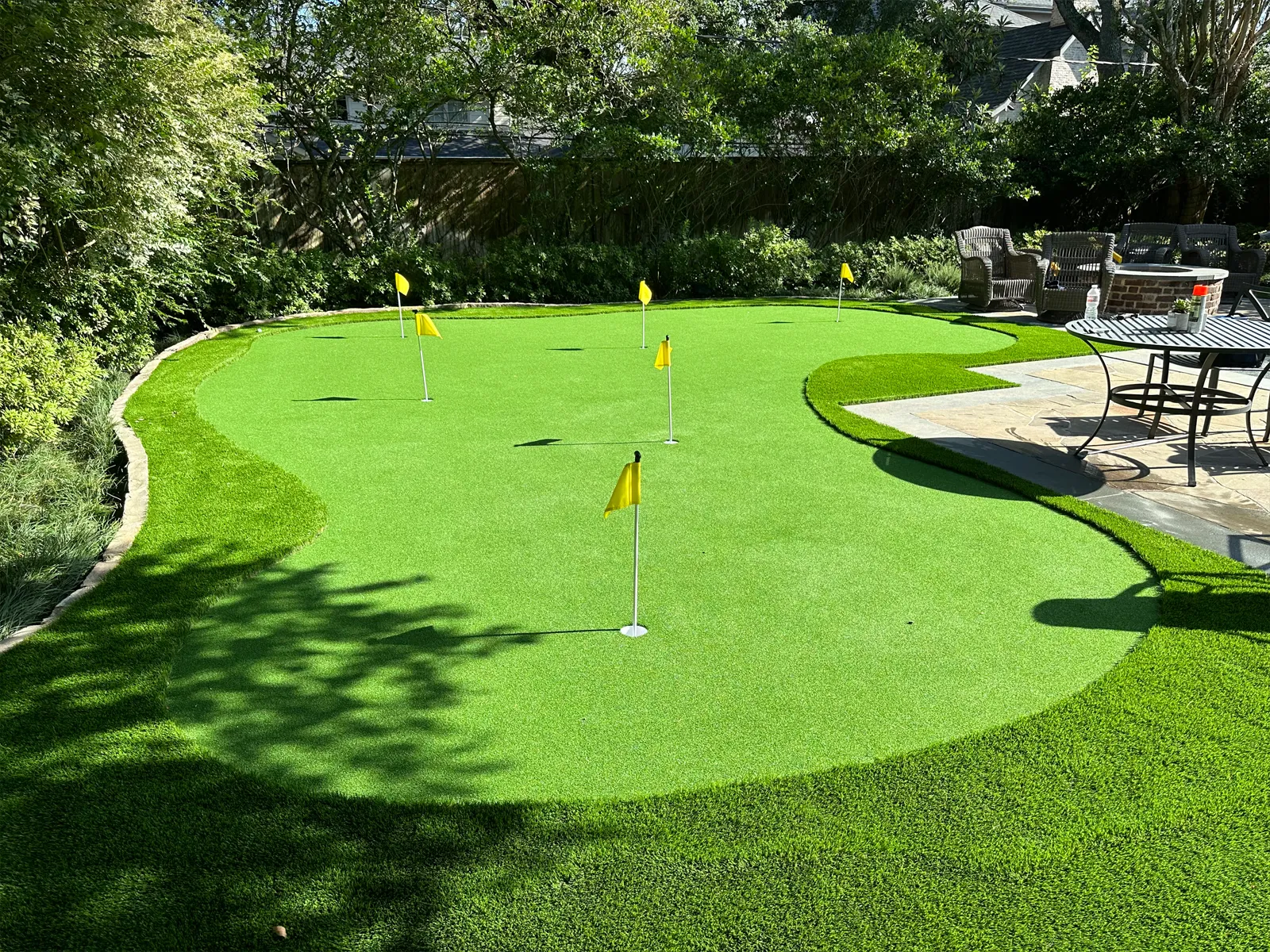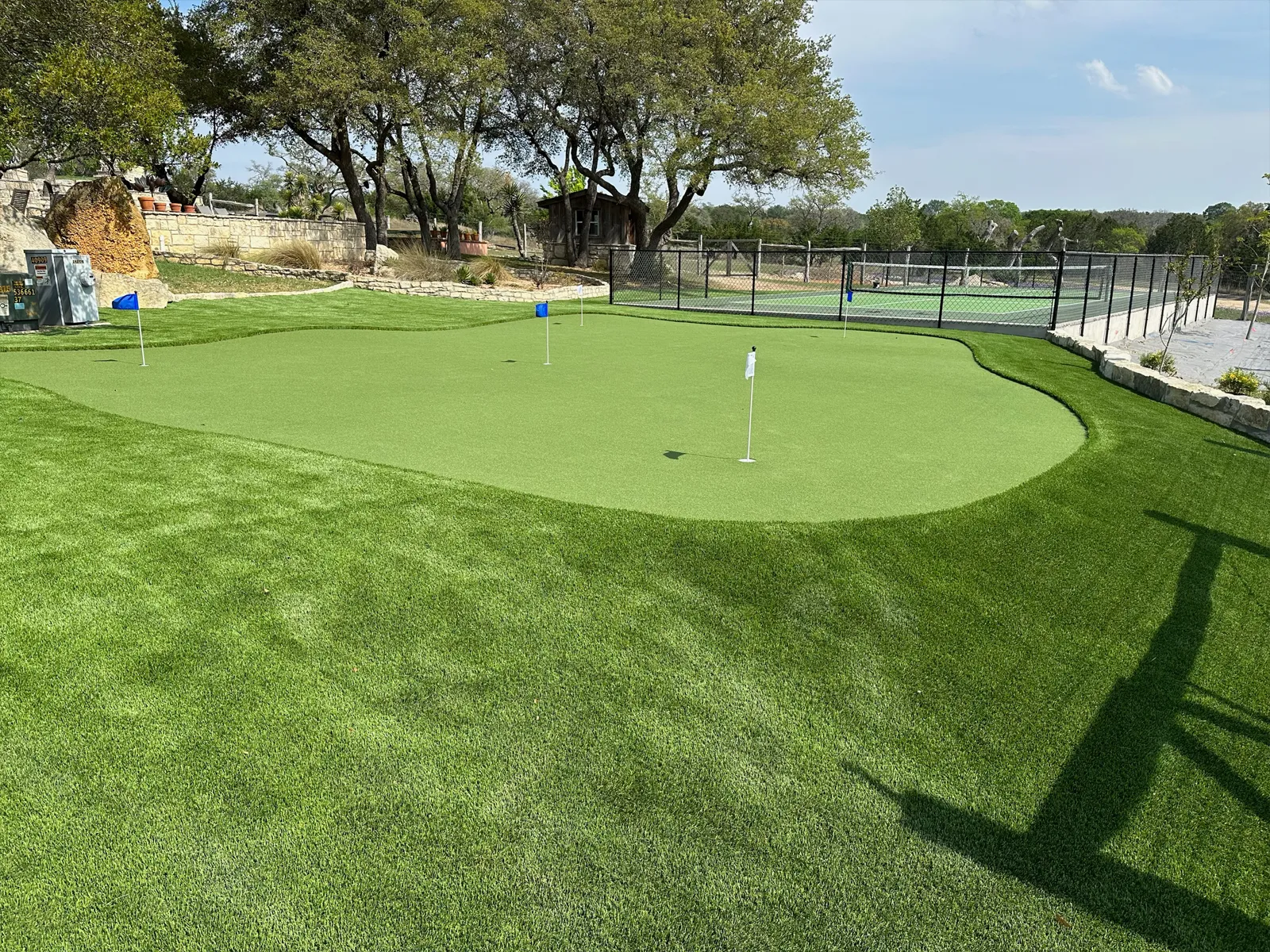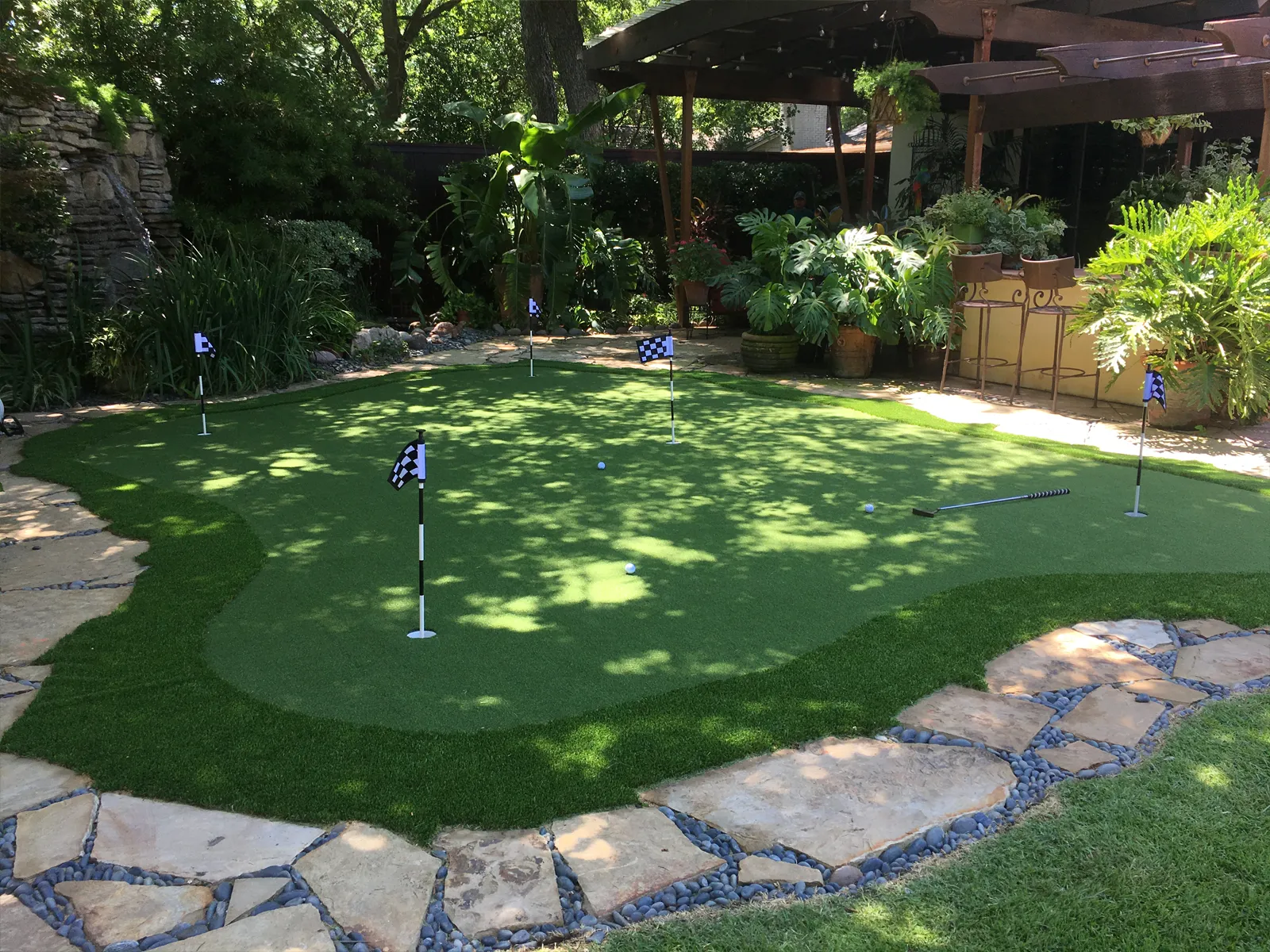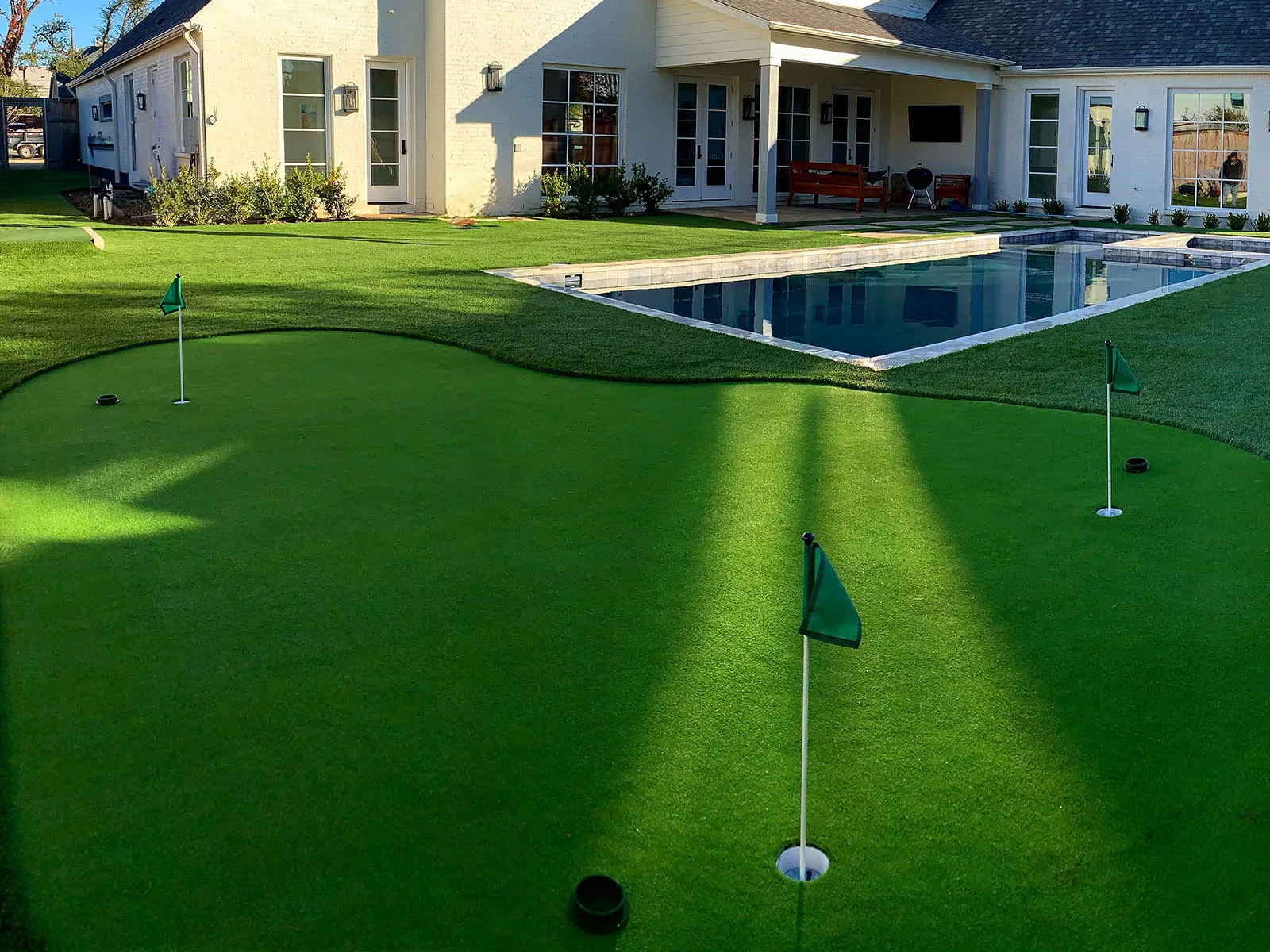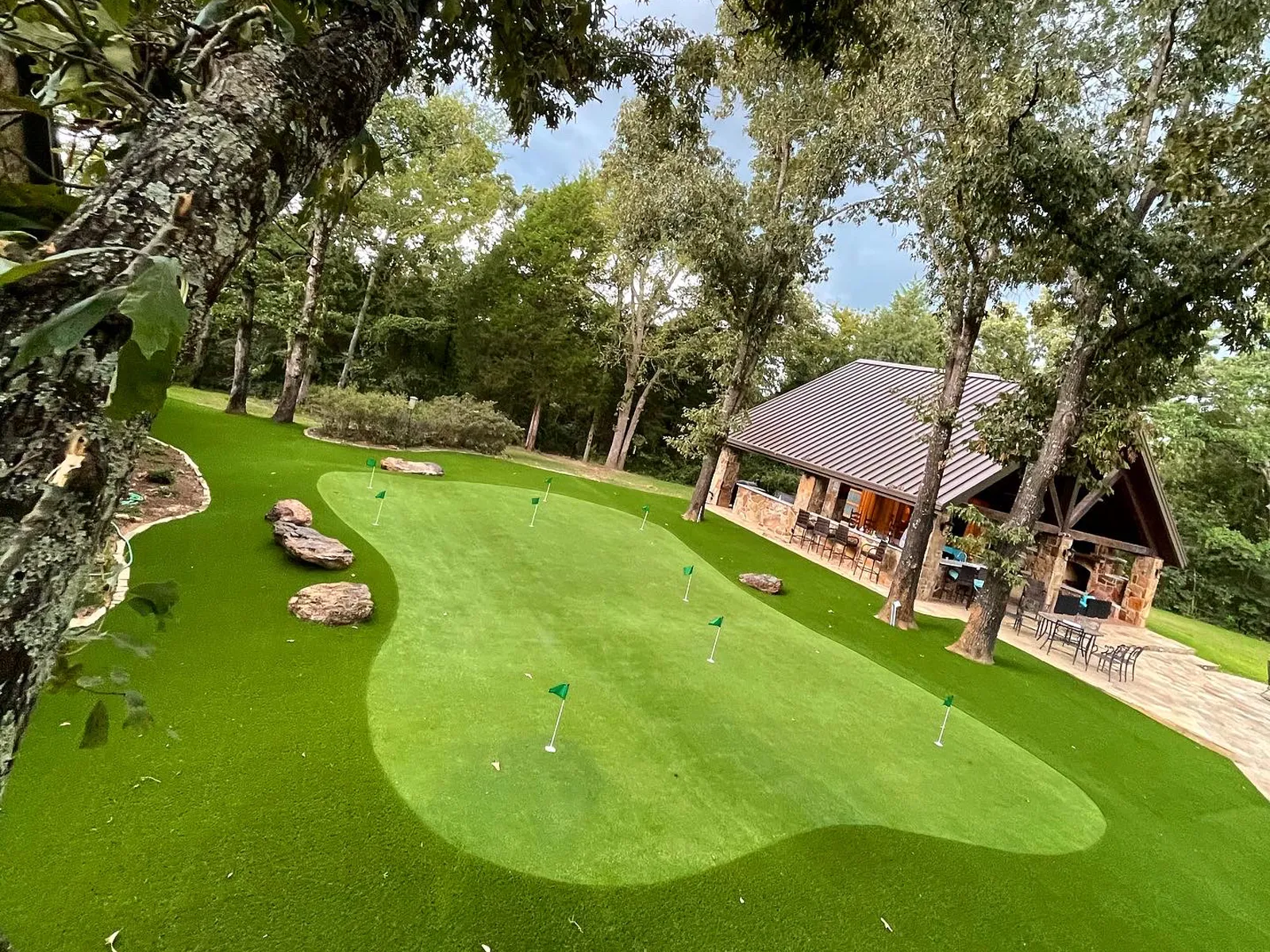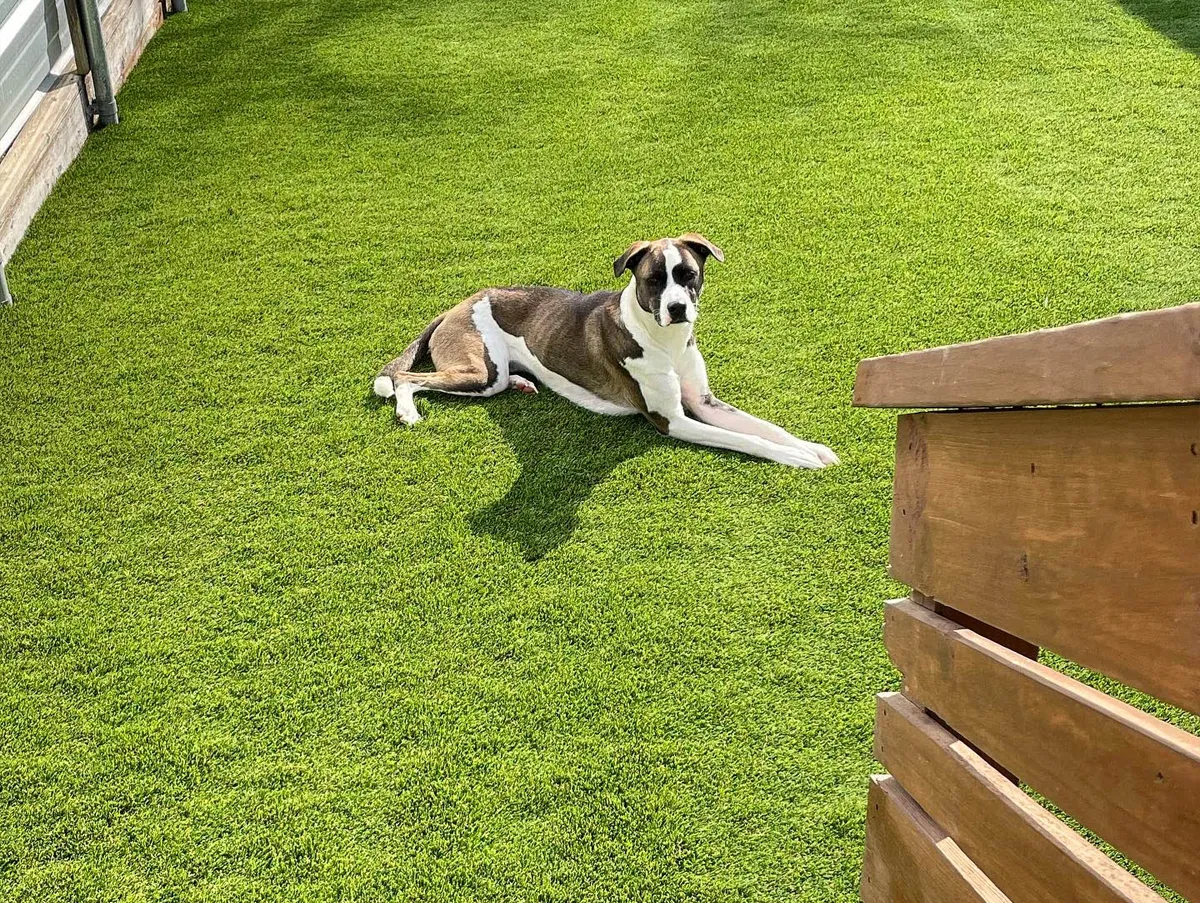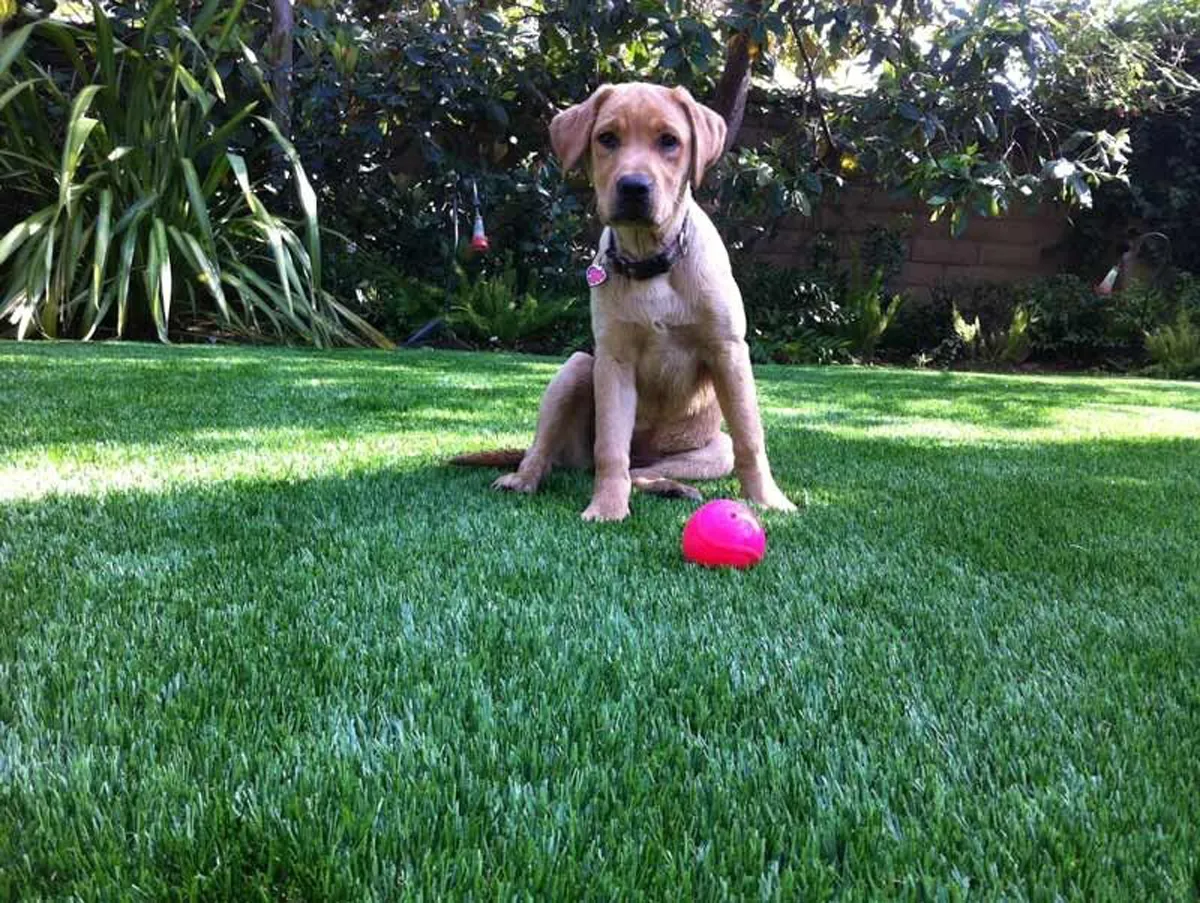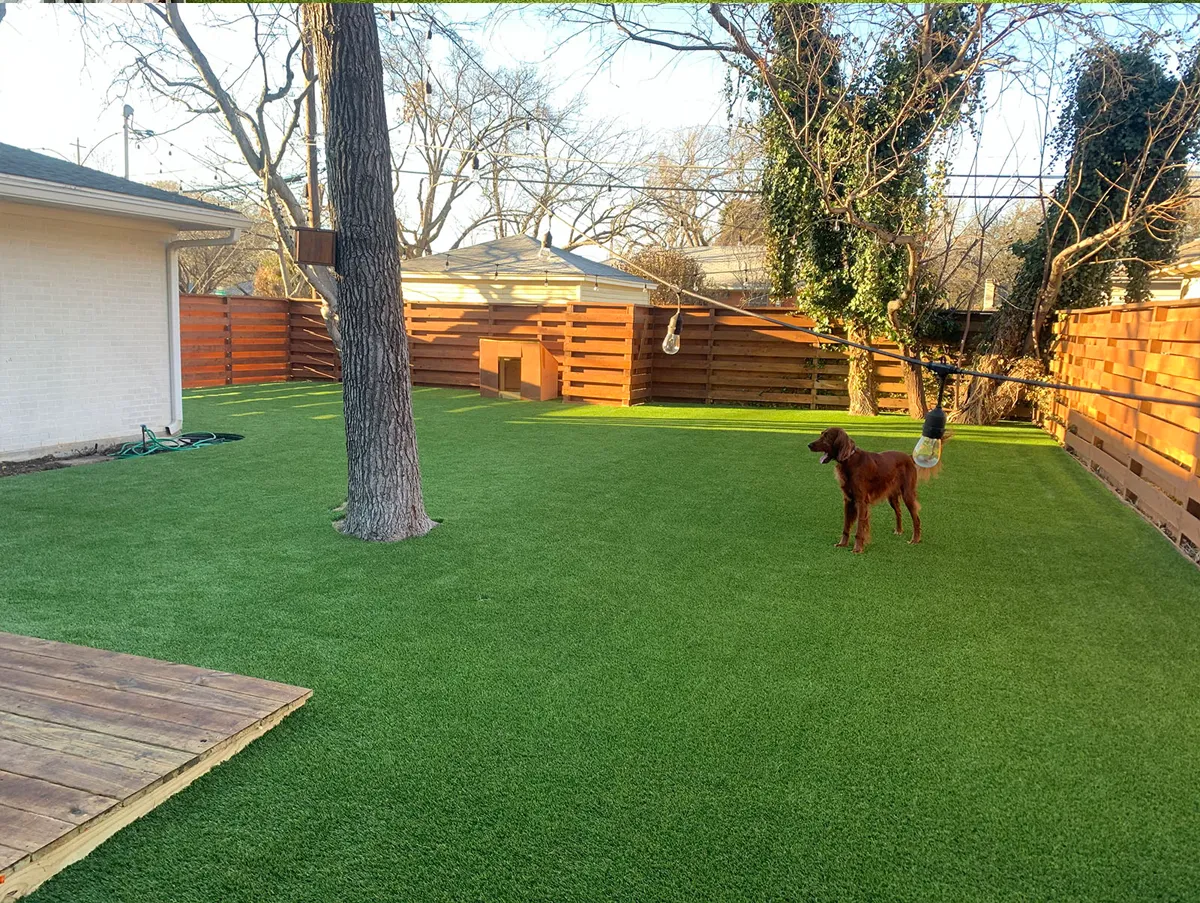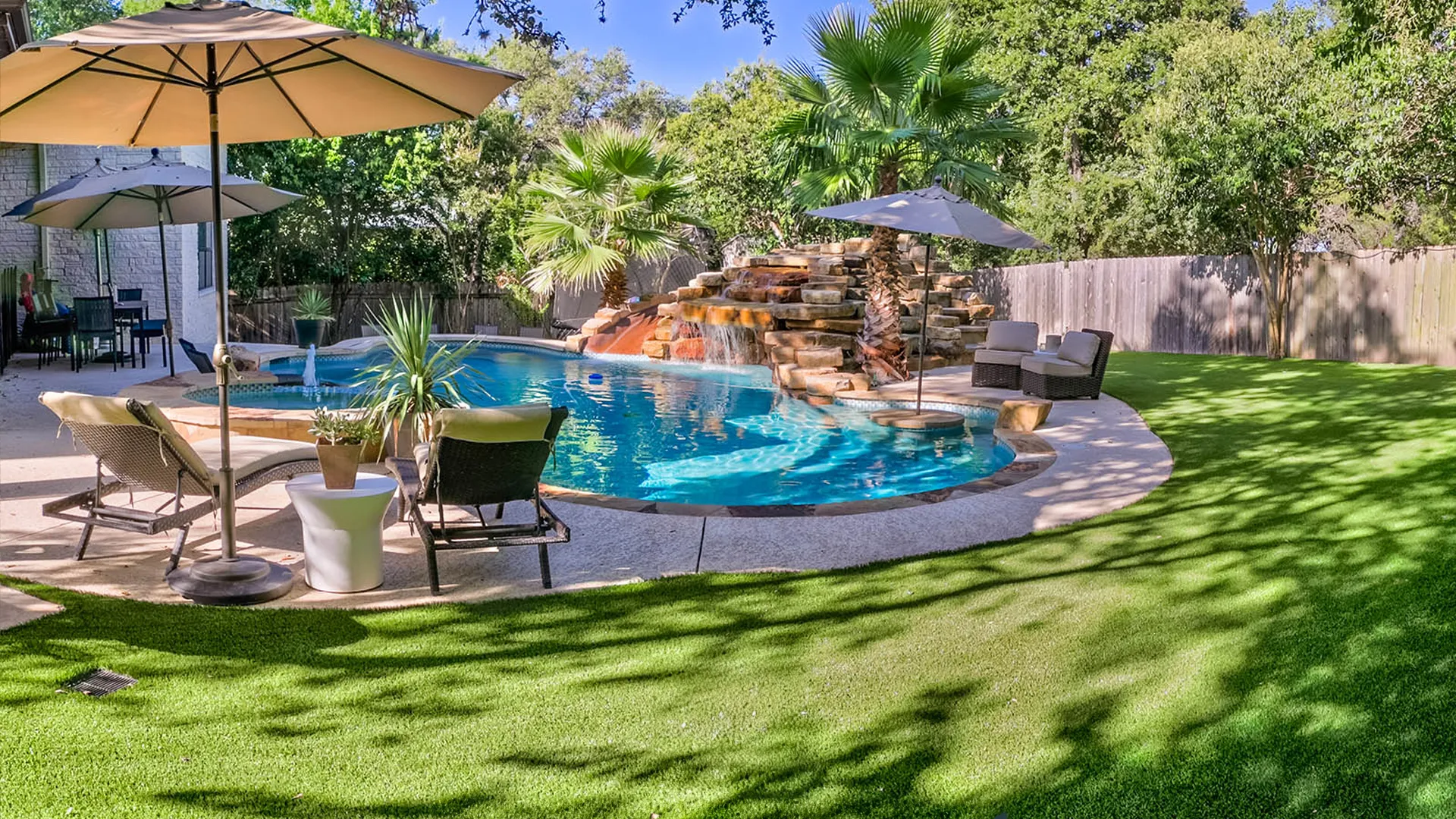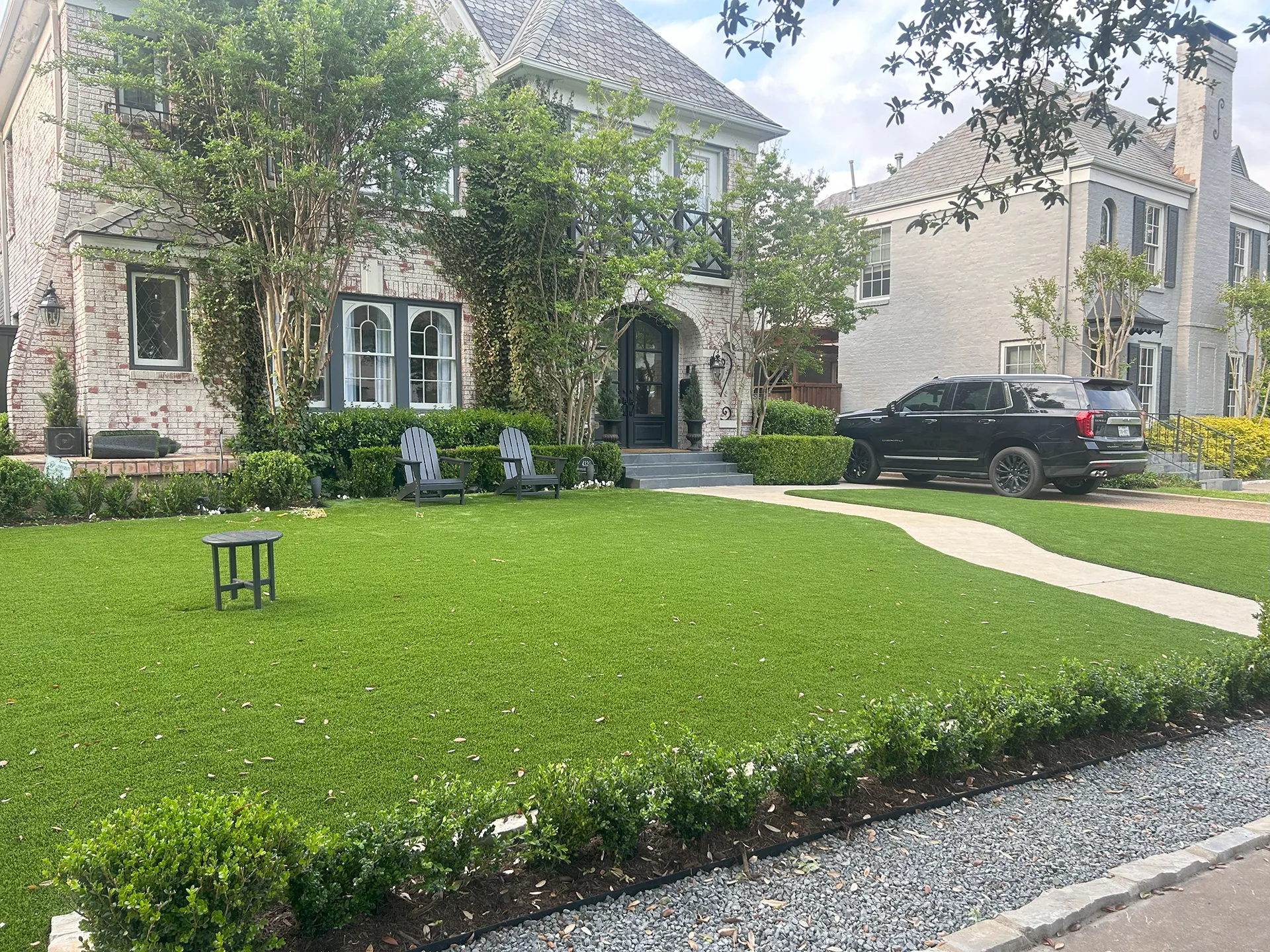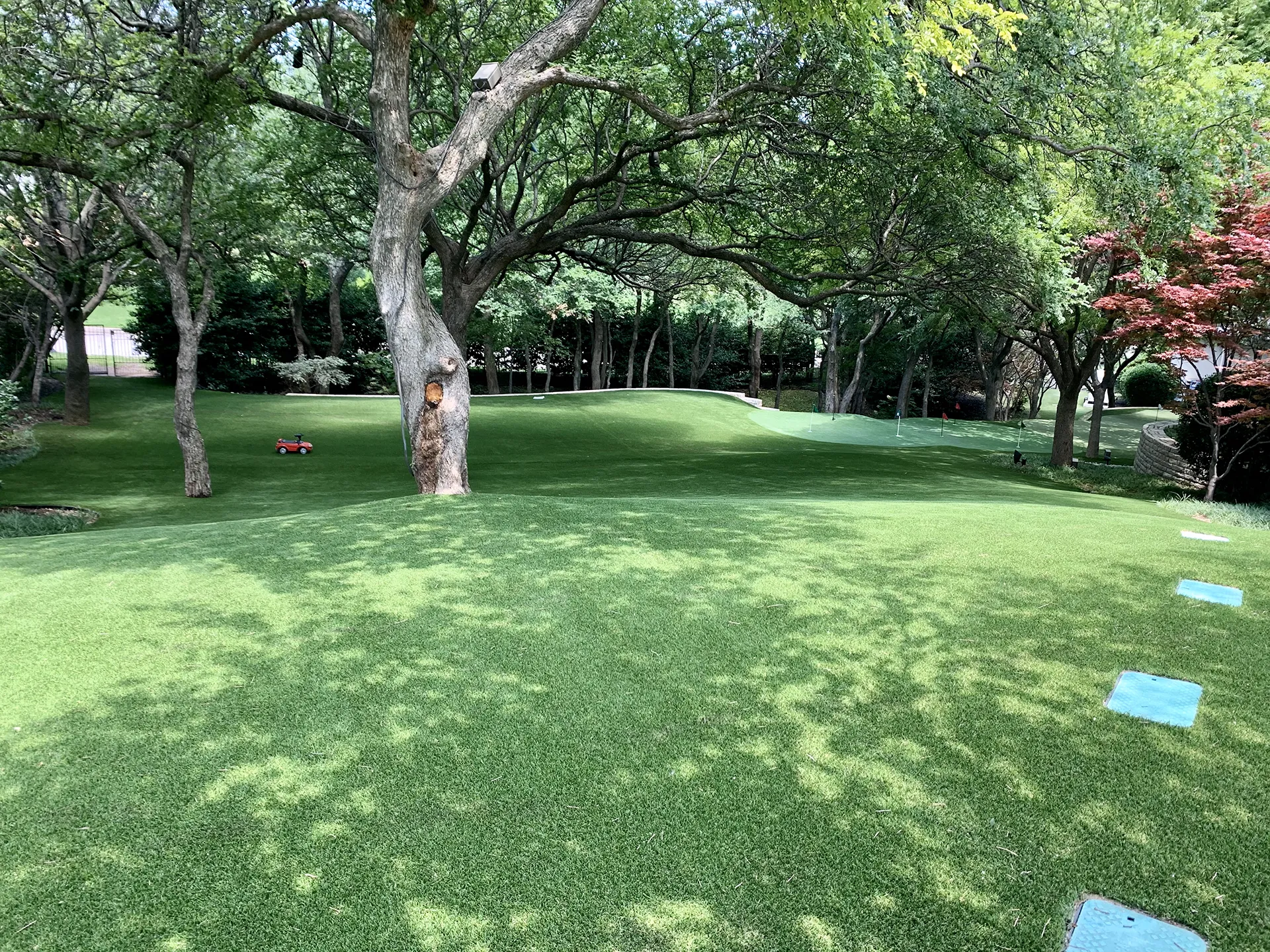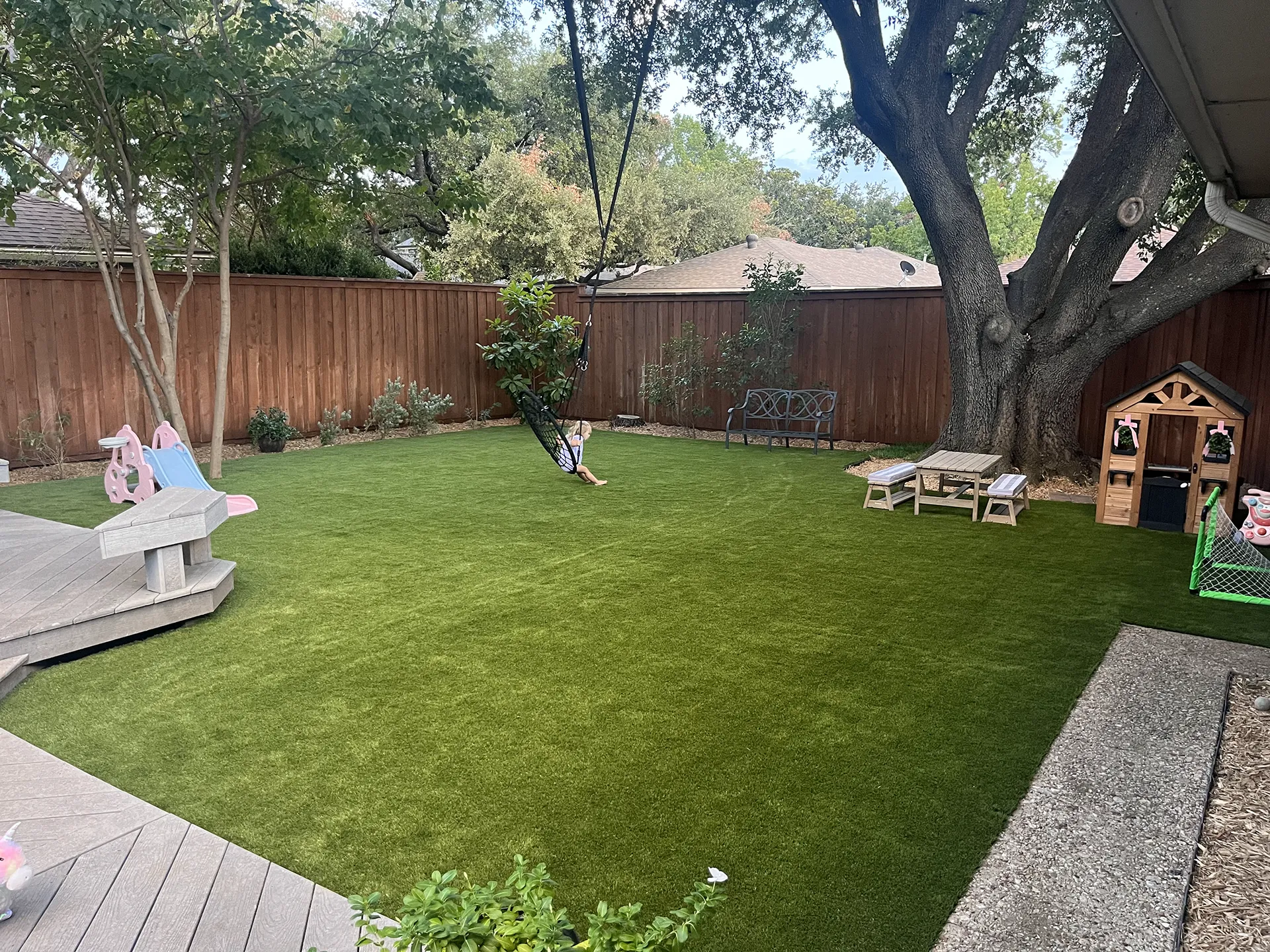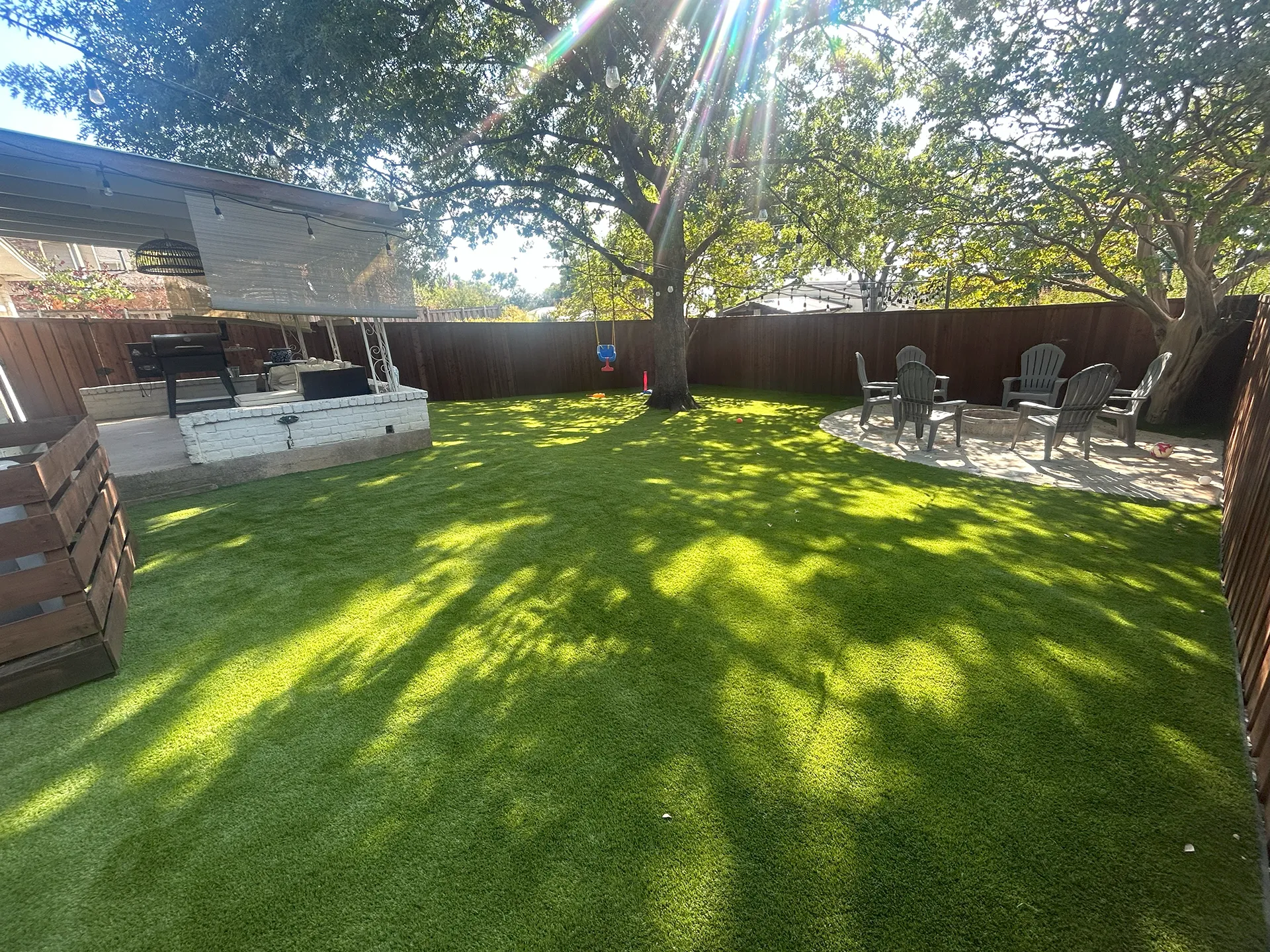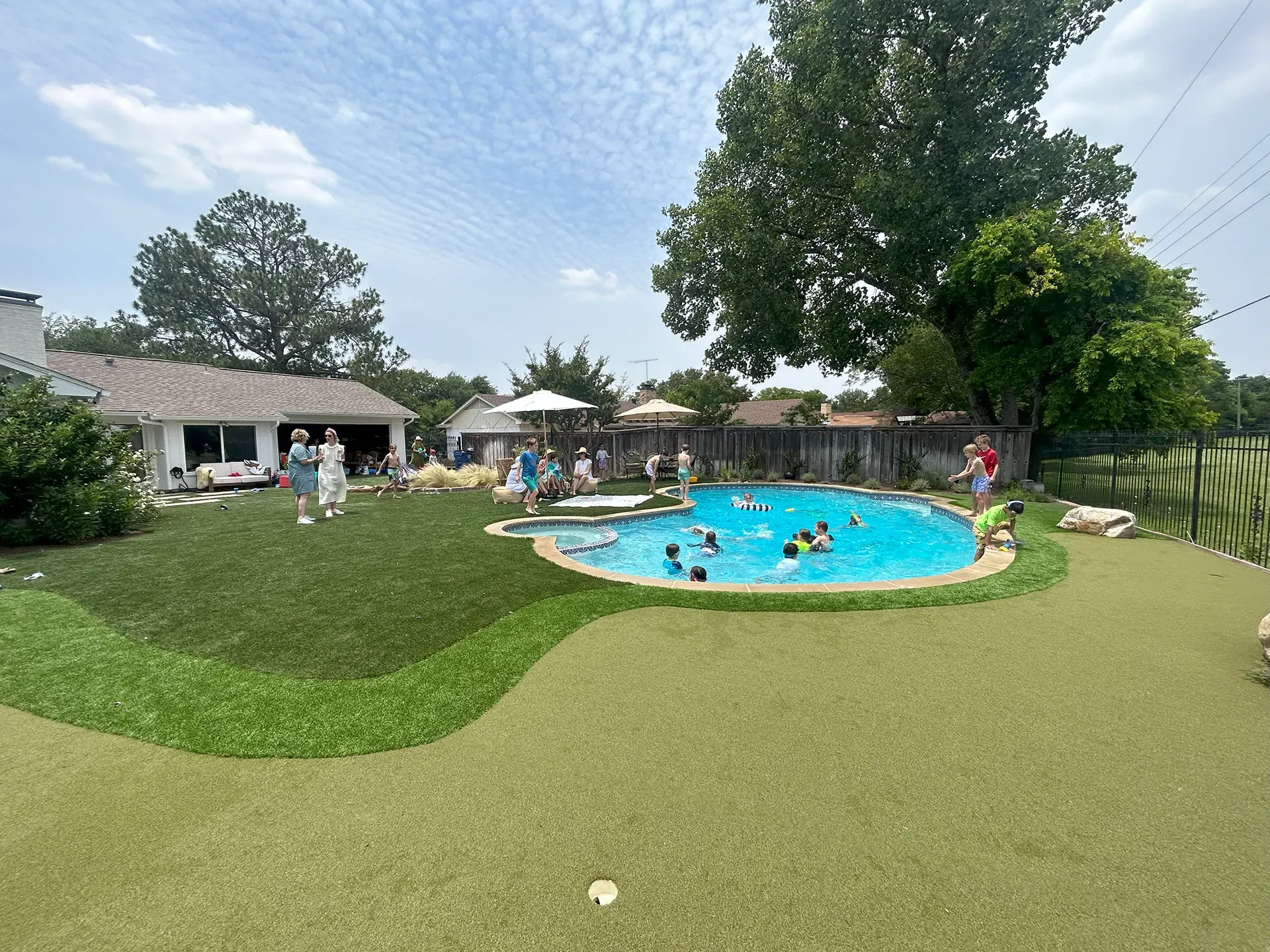Premium Artificial Turf Installation In Dallas
Satisfied Clients
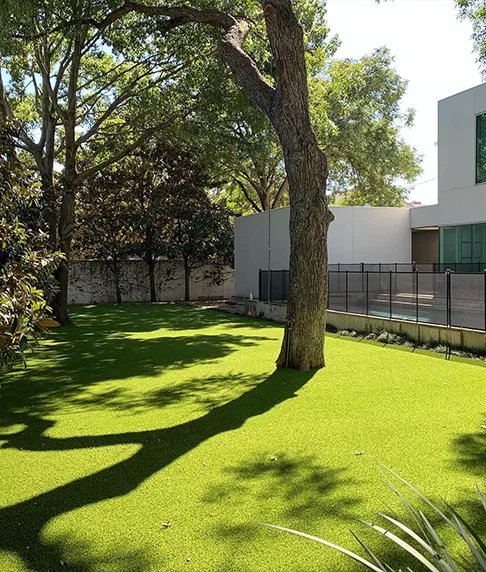
Eddie R.
Fast. Amazing install. I still can’t believe they did such quality work in such a short amount of time. Trey was excellent to work with. We highly recommend Magnolia. We got another quote that was $1500 higher, but our neighbor used Magnolia and highly recommended them. So we got a quote and we are so glad we did. The best part is stepping on it for the first time. Immediately you can tell this is high quality. And the crew cleaned up everything when they were done. Not a speck of trash or dirt was left on our patio or in the front yard. And it is also beautiful. 10/10 would do it again!
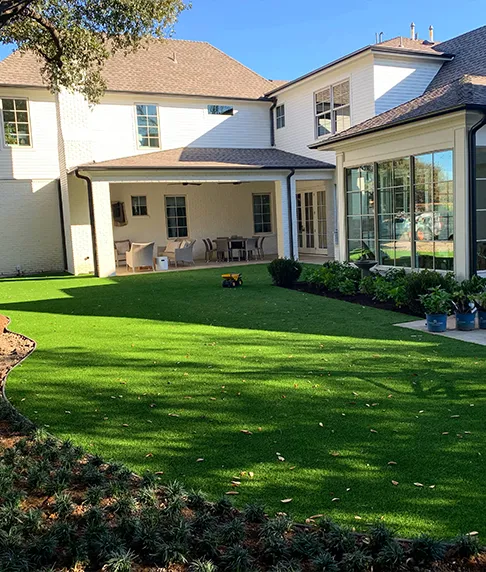
Jack L.
This was our third time using Magnolia Turf and as always the experience was great! Amazing customer service and communication. This was our biggest, most complicated install yet and they made it so easy for us. We had a sloped yard I was worried about, but the team was able to make it work. Always recommend Trey and team for turf installations.

Brandon D.
Brent is very professional and responsive. Came out with several samples to give a free estimate and walk through our options. He was helpful as we went back and forth a few times on some revisions of the estimate while changing exactly what we wanted. Then they were able to get us on the schedule a couple of weeks early, and in a day and a half turned our grotesque, obstacle course of a yard into a beautiful/useable/kid and dog friendly space. If you don't have turf you're missing out!
Our Projects

Artificial Turf Transformation
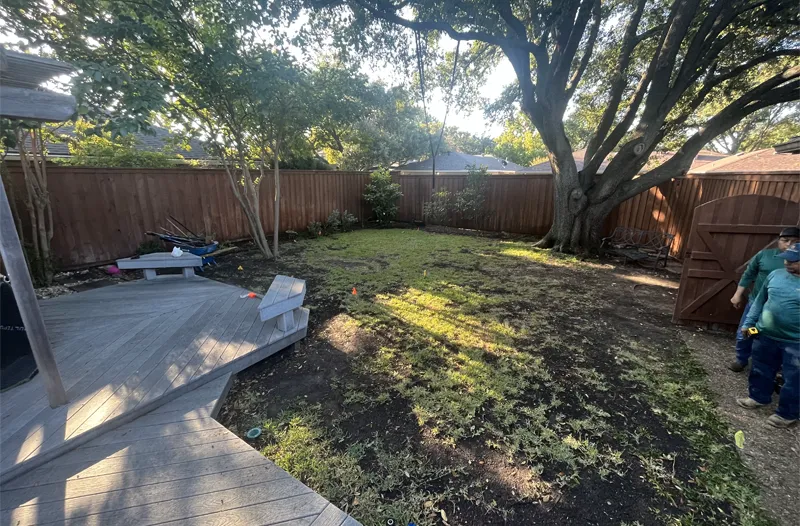
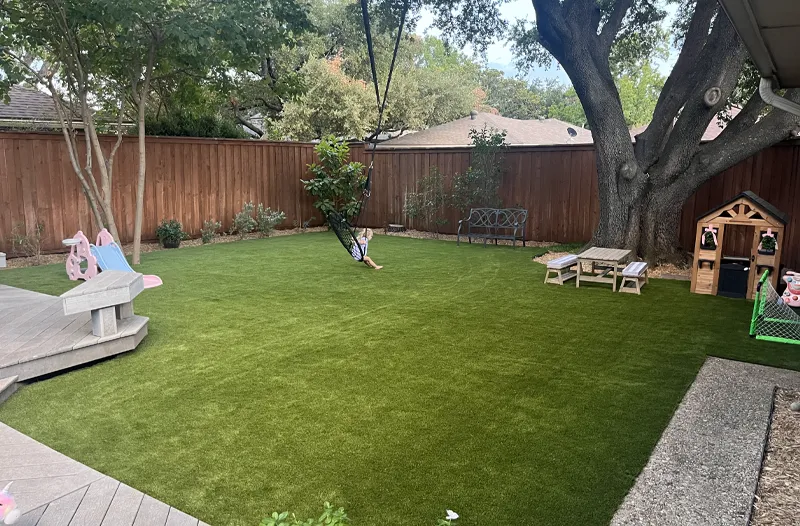
Key Features
- Realistic Products
- Microban Protection
- Durable Products
- Competitive Pricing
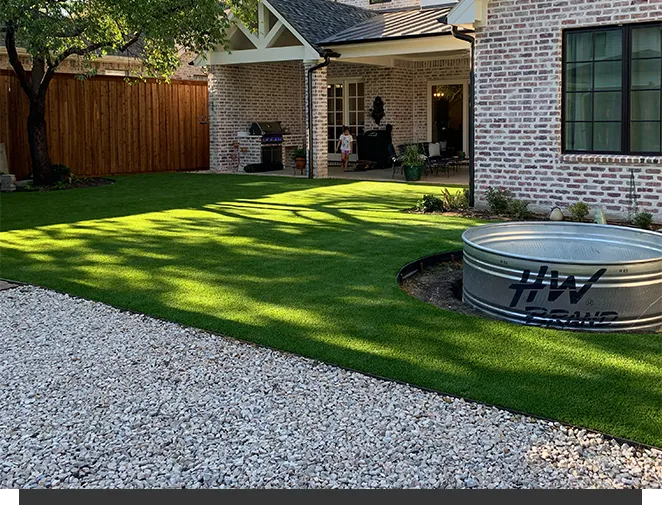
10 years
Experience
15 years
Warranty
10,000+
Installations
2,000+
Positive Feedback
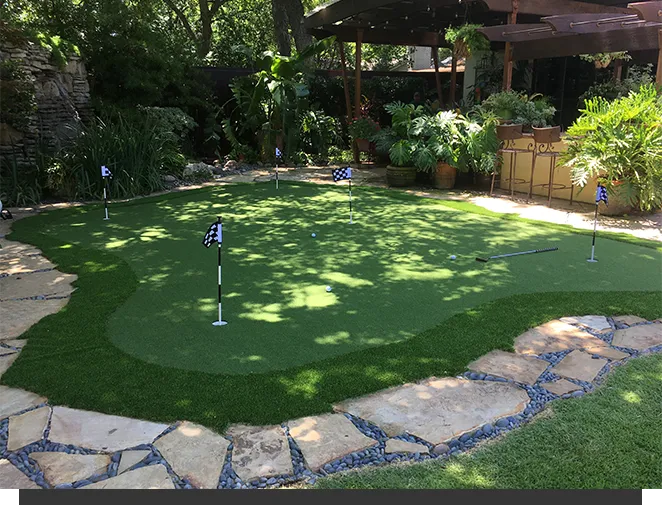
Our Competitive Advantage
Based in Dallas/Fort Worth, Houston, Dallas, San Antonio, Tampa, and Sarasota, Magnolia Turf® is your trusted provider of premium artificial grass. Our experienced team is highly knowledgeable in all aspects of turf, offering comprehensive services to supply, sell, and install top-quality artificial grass for residential and commercial projects.
- Experienced Team
- Exceptional Customer Service
- Competitive Buying Power
Our Projects
Neighborhoods We Serve
Magnolia Turf | Dallas, TX
Dallas/Fort Worth
Addison TX, 75001
Frequently Asked Questions
1. Is artificial turf suitable for the hot climate in Dallas, Texas?
Absolutely. Our artificial turf is specifically designed to withstand the intense Texas heat, maintaining its lush green appearance without the need for excessive watering. The advanced materials used in our turf ensure it remains resilient and vibrant, even in Austin’s warm climate.
2. Will the color of the turf fade over time in the intense Dallas sunlight?
Our turf is UV-resistant and specifically manufactured to endure the intense Dallas sun. With exceptional color retention, you can enjoy a vibrant, green lawn year-round without worrying about fading, even with prolonged sun exposure.
3. Do I need to prepare my existing lawn before the artificial turf installation?
Our team will manage all the necessary preparations for your artificial turf installation. While minimal site preparation may be required, such as removing existing grass and leveling the surface, our installation experts handle these steps to ensure a smooth and hassle-free process for you.
4. What maintenance is required after the artificial turf is installed in Dallas?
One of the key benefits of artificial turf is its low maintenance. Regular brushing to keep the fibers upright and occasional rinsing to remove debris are usually all that’s needed. Our team provides easy-to-follow maintenance guidelines, allowing you to enjoy a vibrant and hassle-free lawn in Austin.
